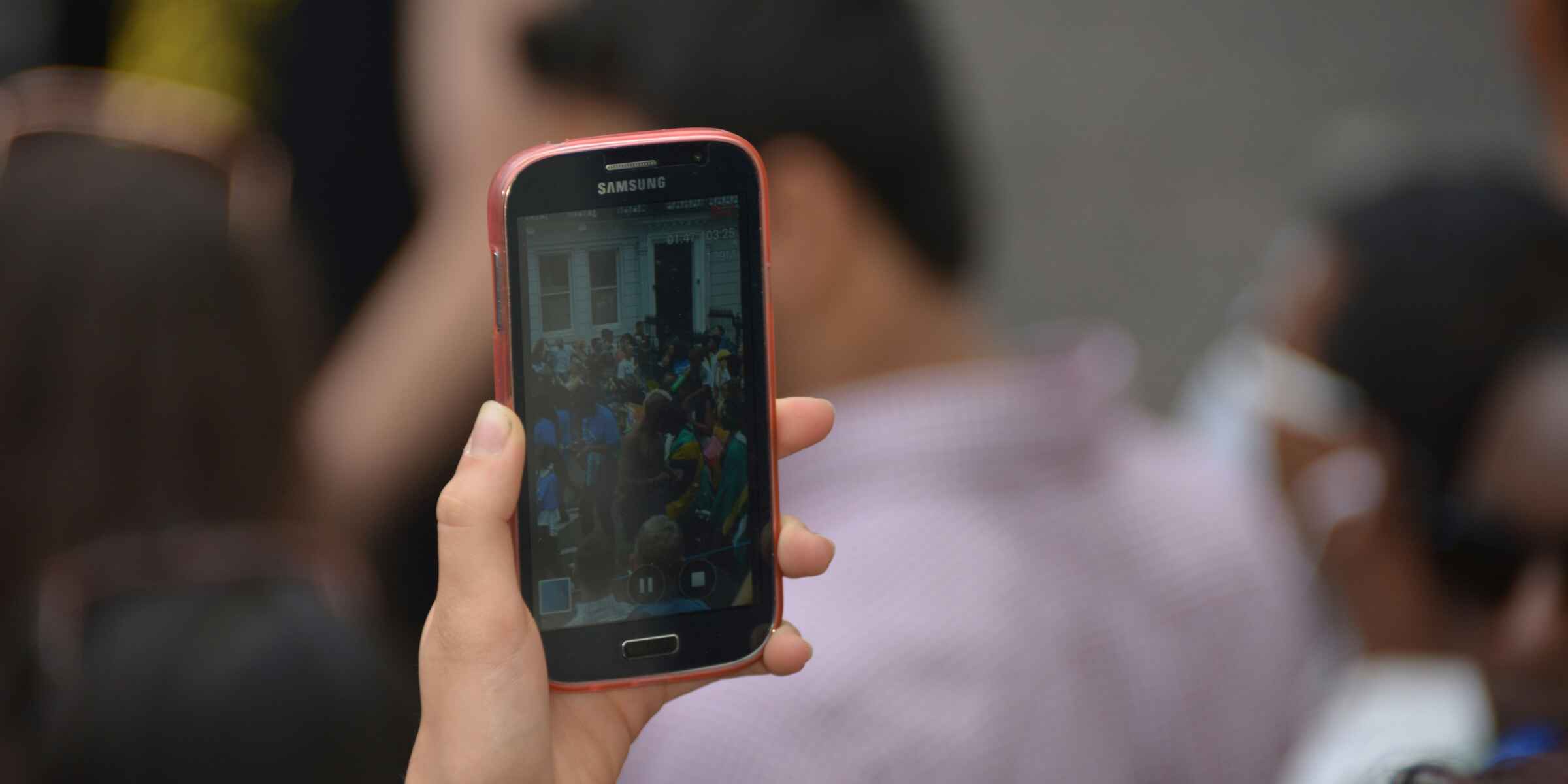CST Blog
Filming Jews for views
8 June 2023

You would have probably recently read or seen about the case of ‘Mizzy’, real name Bacari-Bronze O’Garro, a TikTok user who filmed himself undertaking public stunts, all for attracting views and engagement online. His so-called ‘pranks’ included illegally entering people’s homes uninvited, an act for which he was recently charged for breaching a Criminal Behaviour Order[1]. In January, Mizzy also undertook a series of ‘pranks’ in Stamford Hill that allegedly targeted unsuspecting Jewish victims. These acts were filmed and then uploaded online onto TikTok and YouTube.
This content, due to its often-outrageous nature, would receive millions of views and subsequently go viral. People couldn’t quite believe what they were watching, it was outrageous content, all done for the aim of receiving attention and engagement online.
To a certain extent this type of content represents the logical end for a certain type of social media activity that relies on public stunts to gain views/clicks. The thinking that follows is, the more outrageous, bold or unique the stunt, the more views and attention it will receive.
So much of our current social media system relies on this basis. The big problem, as in this case, is that it rewards users who engage in particularly egregious behaviour. Granted, good-natured, public jump-scare videos can be quite amusing, but where do we draw the line?
A cursory search on YouTube or TikTok will lead you to countless public prank videos. Some funny, some less so. Some show content creators engaging in overt sexual harassment, some clearly scripted, some real. All in the search for clicks and engagement.
But what about antisemitism and Jews? Naturally, this sort of behaviour finds its way to targeting Jews, often those visibly Jewish from more Orthodox communities. This may come in the form of people innocuously filming Jews on the street and then uploading it online, although this is problematic in its own right; to the type of criminal behaviour where users may physically assault unsuspecting Jewish victims. In both cases the often visibly Jewish victim is treated in an alien fashion; as someone to be mocked, viewed and used as a tool for clicks online.
O’Garro only represents the tip of the iceberg of a much larger phenomenon. At CST we have seen several examples of users engaging in this sort of behaviour. This can include users who upload videos of themselves filming Jewish schoolchildren, playing hostile music and laughing about it, like was done at the beginning of May in Hendon, North West London.
So what can be done? Part of the solution is policing. Where users engage in clearly illegal acts, there is adequate scope for offenders to be investigated and punished accordingly. Users need to know that there can be a cost to undertaking illegal acts and posting them online. In this case, O’Garro was arrested, charged and subsequently pled guilty to breaching a community protection order, fined more than £300 and given a two-year criminal behaviour order for entering a private property and breaching a community protection order.
Secondly, social media platforms can and should do more to ensure the most egregious type of content doesn’t go viral. Part of this phenomenon is fed by algorithms which propagate this phenomenon and contribute to virality. Further transparency is needed to ensure greater understanding of how these algorithms actually work. There are also other tools available to platforms such as demotion and demonetisation, which may help in reducing visibility for this type of content, especially when it may be hateful or targets minorities and/or other victim groups.
Finally, is all of us. We all have a role to play when engaging with content online. I’ve been guilty of it, staying on a video for too long or sharing it with friends etc. By moderating our own behaviour when it comes to engaging with egregious content, we can lessen virality and subsequent harm.
Fundamentally there are many aspects of this trend which represent the core issue with so much of our current social media infrastructure which can often reward bad behaviour. By radically changing that infrastructure, we also tackle the human behaviour and culture that currently looks to exploit it.
[1] Bacari-Bronze O’Garro, 18, known as Mizzy, of Hackney, north London, appeared at Thames magistrates court on Saturday 27 May where he pleaded not guilty to three breaches of a criminal behaviour order imposed for posting a “prank” video on TikTok.
